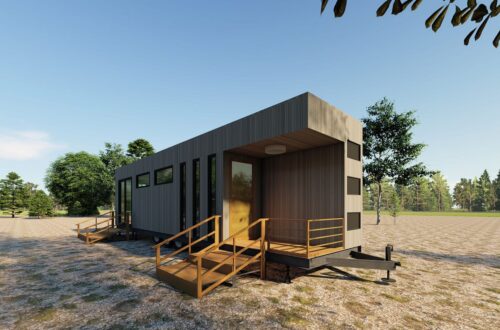GRL: The Ultimate Guide to Understanding and Implementing GRL Strategies
GRL: The Ultimate Guide to Understanding and Implementing GRL Strategies
In today’s competitive digital landscape, mastering GRL (Global Resource Leveraging) strategies has become essential for sustainable business growth. This comprehensive guide explores how organizations can effectively implement GRL frameworks to optimize their global operations and maximize resource utilization.
Core Components of GRL Framework
The GRL methodology comprises three fundamental elements that work synergistically to drive organizational success. Understanding these components is crucial for effective implementation.
Resource Mapping and Allocation
Strategic resource mapping forms the foundation of successful GRL implementation. Organizations must identify available resources across global operations and develop systematic allocation protocols that align with business objectives.
Cross-Border Collaboration Systems
Implementing robust collaboration frameworks enables seamless coordination between international teams. These systems facilitate knowledge sharing and optimize resource utilization across geographical boundaries.
Implementation Roadmap
Successful GRL adoption requires a phased approach, beginning with comprehensive assessment and progressing through systematic integration across organizational departments.
Assessment and Planning Phase
Conduct thorough audits of existing resources and identify gaps in current utilization patterns. This diagnostic phase provides critical insights for developing targeted GRL strategies.
Integration and Scaling
Gradually integrate GRL principles into existing workflows while establishing measurable KPIs. Focus on scalable solutions that can expand alongside business growth.
Common GRL Implementation Challenges
Organizations often encounter specific obstacles when adopting GRL methodologies. Understanding these challenges enables proactive mitigation strategies.
Q: How long does typical GRL implementation take?
A: Implementation timelines vary based on organizational size, but most companies achieve full integration within 6-9 months.
Q: What metrics indicate successful GRL adoption?
A: Key performance indicators include improved resource utilization rates, reduced operational costs, and enhanced cross-team collaboration efficiency.
Q: Can small businesses benefit from GRL strategies?
A: Absolutely. While scale differs, the fundamental principles of grl apply to organizations of all sizes and can drive significant efficiency improvements.
Next Steps for Implementation
Begin your GRL journey by conducting a preliminary resource assessment and identifying key areas for optimization. Consider partnering with experienced grl consultants to accelerate your implementation timeline and avoid common pitfalls.
Ready to transform your resource management approach? Download our comprehensive GRL implementation toolkit and schedule a consultation with our specialists to develop your customized strategy roadmap.


